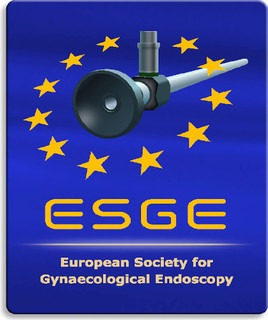Infection as a potential cofactor in the genetic-epigenetic pathophysiology of endometriosis: a systematic review
Endometriosis, pathophysiology, infection, prevention of endometriosis, adolescent endometriosis
Published online: Jan 24 2020
Abstract
Background: The genetic-epigenetic theory postulates that endometriosis is triggered by a cumulative set of genetic-epigenetic (GE) incidents. Pelvic and upper genital tract infection might induce GE incidents and thus
play a role in the pathogenesis of endometriosis. Thus, this article aims to review the association of endometriosis with upper genital tract and pelvic infections.
Methods: Pubmed, Scopus and Google Scholar were searched for ‘endometriosis AND (infection OR PID OR bacteria OR viruses OR microbiome OR microbiota)’, for ‘reproductive microbiome’ and for ‘reproductive microbiome AND endometriosis’, respectively. All 384 articles, the first 120 ‘best match’ articles in PubMed for ‘reproductive microbiome’ and the first 160 hits in Google Scholar for ‘reproductive microbiome AND endomytriosis’ were hand searched for data describing an association between endometriosis and bacterial, viral or other infections. All 31 articles found were included in this manuscript.
Results: Women with endometriosis have a significantly increased risk of lower genital tract infection, chronic endometritis, severe PID and surgical site infections after hysterectomy. They have more colony forming units of Gardnerella, Streptococcus, Enterococci and Escherichia coli in the endometrium. In the cervix Atopobium is absent, but Gardnerella, Streptococcus, Escherichia, Shigella, and Ureoplasma are increased. They have higher concentrations of Escherichia Coli and higher concentrations of bacterial endotoxins in menstrual blood. A Shigella/Escherichia dominant stool microbiome is more frequent. The peritoneal fluid of women with endometriosis contains higher concentrations of bacterial endotoxins and an increased incidence of mollicutes and of HPV viruses. Endometriosis lesions have a specific bacterial colonisation with more frequently mollicutes (54%) and both high and medium-risk HPV infections (11%). They contain DNA with 96% homology with Shigella. In mice transplanted endometrium changes the gut microbiome while the gut microbiome influences the growth of these endometriosis lesions.
Conclusions: Endometriosis is associated with more upper genital tract and peritoneal infections. These infections might be co-factors causing GE incidents and influencing endometriosis growth.



